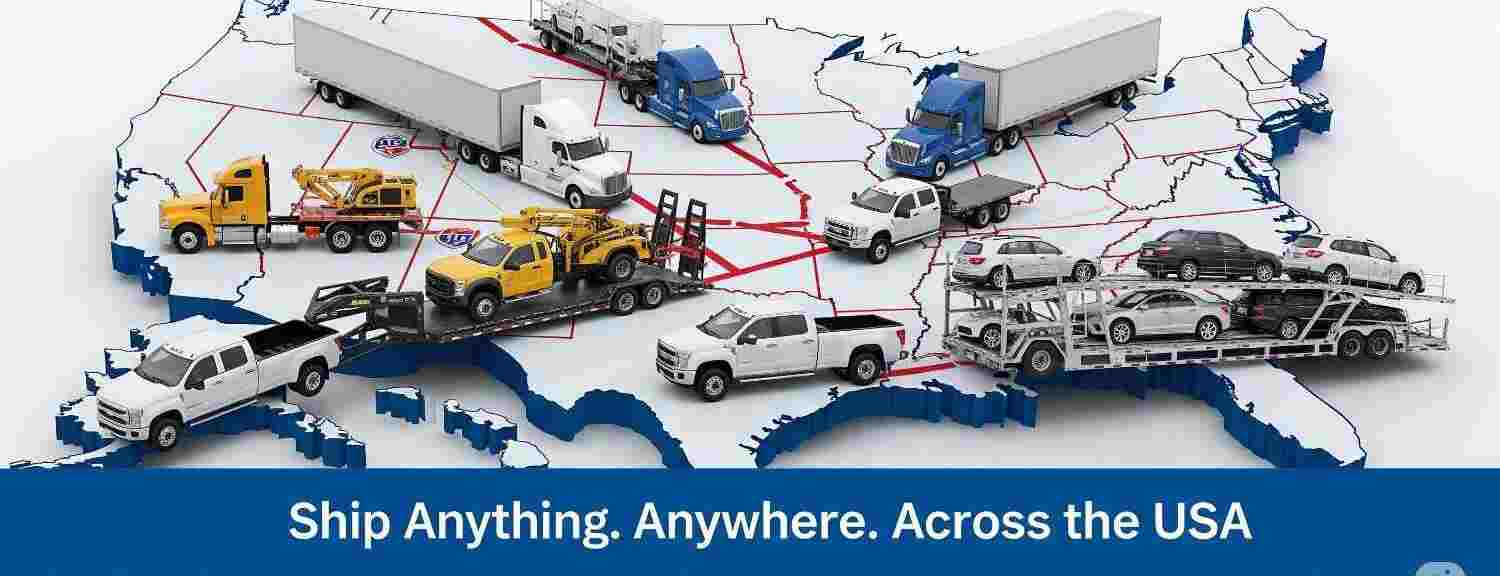ReadyShipUSA - Your Trusted HotShot & Freight Load Board Platform
🚚 Ship Anything. Anywhere. Across the USA.
Trucks • Cars • Motorcycles • Boats • RVs • Equipment • Freight • More
ReadyShipUSA bridges the gap between Shippers and Transporters with an intuitive, reliable, and affordable load board system.
Shippers post items like powersports, ATV's, snow machines, farm equipment, industrial equipment, parts & supplies, lawn & garden items, livestock, pets, bulk goods, household goods, construction materials, as well as FTL/LTL freight, antiques, special-care items, home or office moves and more.
Need a drive-away service? We support that too.
If it fits a trailer, we help get it there — fast, safe, and reliable.
🚛 For Shippers
- ✔️ Post your loads for FREE
- ✔️ Connect instantly with dedicated transporters
- ✔️ Private quote system - no bidding wars
- ✔️ Save big with direct deals - no middlemen
🛻 For Transporters
- ✔️ Access fresh loads daily - HotShot & Freight
- ✔️ Maximize trailer space and earnings
- ✔️ Grow your business with reliable clients
- ✔️ No hidden fees - just one low monthly plan
🔄 Real-Time Load Updates
HotShot loads updated in real-time. Freight board refreshes every 15 minutes.
Always fresh. Always available. Always equal access.
💥 Two Load Boards. One Simple Price.
HotShot + Freight access in one dashboard. Shippers list for FREE. No auctions. No noise. Just deals.
ReadyShipUSA - Back to Basics. Equal Access. Real Results.
Confidentiality Notice: This website ReadyShipUSA is confidential and protected by law. If you are not the intended user of this site, be advised that any disclosure, copying, distribution, or use of this site, its content, and/or any attachments is strictly prohibited. If you have used/viewed this site in error, please return to the home screen and immediately delete any and all copies you have received. ReadyShipUSA is a secure site and takes the privacy of its users very seriously.
